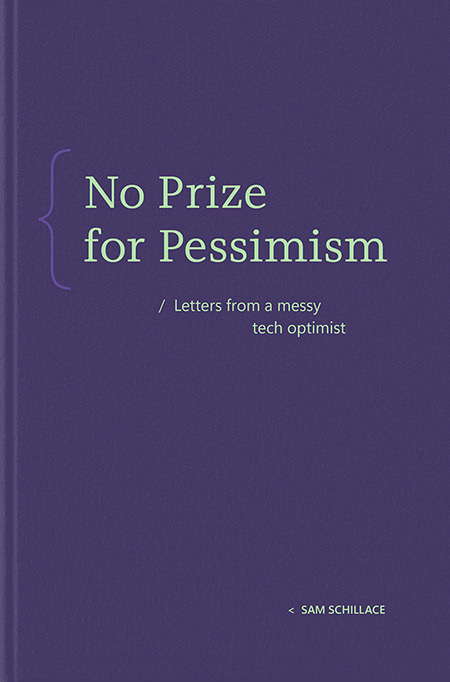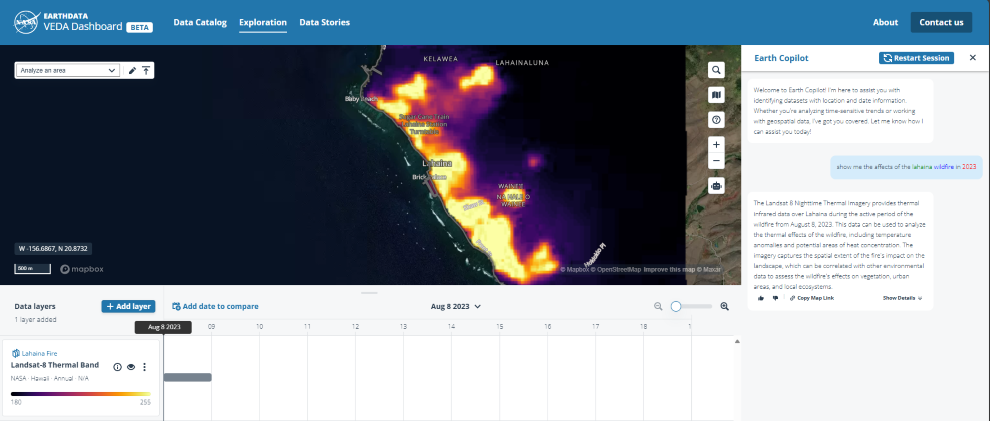Leveraging phi-3 for an Enhanced Semantic Cache in RAG Applications
The field of Generative AI (GenAI) is rapidly evolving, with Large Language Models (LLMs) playing a central role. Building responsive and efficient applications using these models is crucial. Retrieval-Augmented Generation (RAG) applications, which combine retrieval and generation techniques, have emerged as a powerful solution for generating high-quality responses. However, a key challenge arises in handling repeat queries efficiently while maintaining contextually accurate and diverse responses. This blog post explores a solution that addresses this challenge. We propose a multi-layered approach that utilizes a semantic cache layer and phi-3, a Small Language Model (SLM) from Microsoft, to rewrite responses. This approach enhances both performance and user experience.
Demystifying RAG: Retrieval Meets Generation
Retrieval-Augmented Generation (RAG) is a cutting-edge framework that extends the capabilities of natural language generation models by incorporating information retrieval.
Here’s how it works:
User Query: This is the initial input from the user.
App service: Central component that orchestrates the entire RAG workflow, managing user queries, interacting with the cache and search service, and delivering final responses.
Vectorize Query: Leverage OpenAI Embedding models to vectorize the user query into numerical representations. These vectors, similar to fingerprints, allow for efficient comparison and retrieval of relevant information from the vector store and semantic cache.
Semantic Cache Store: This component acts as a storage unit for responses to previously encountered queries, and to check if the current user query aligns with any queries stored in the semantic cache. If a response is found in the cache (cache-hit), the response is fetched and sent to the user.
Vector Store: If no matching query is found in the cache (cache-miss), leverage Azure AI Search service to scour the vast corpus of text to identify relevant documents or snippets based on the user’s query.
Azure OpenAI LLM (GPT 3.5/4/4o): The retrieved documents from AI Search are fed to these LLMs to craft a response, in-context to the user’s query.
Logs: These are used to monitor and analyze system performance.
What is Semantic Cache?
Semantic caching plays a pivotal role in enhancing the efficiency and responsiveness of Retrieval-Augmented Generation (RAG) applications. This section delves into its significance and functionality within the broader architecture:
Understanding Semantic Cache
Storage and Retrieval: The semantic cache acts as a specialized storage unit that stores responses to previously encountered queries. It indexes these responses based on the semantic content of the queries, allowing for efficient retrieval when similar queries are encountered in the future.
Query Matching: When a user query is received, it undergoes vectorization using embedding models to create a numerical representation. This representation is compared against stored queries in the semantic cache. If a match is found (cache-hit), the corresponding response is fetched without the need for additional computation.
Benefits of Semantic Cache:
Speed: Responses retrieved from the semantic cache are delivered almost instantaneously, significantly reducing latency compared to generating responses from scratch.
Resource Efficiency: By reusing pre-computed responses, semantic caching optimizes resource utilization, allowing computational resources to be allocated more effectively.
Consistency: Cached responses ensure consistency in answers to frequently asked questions or similar queries, maintaining a coherent user experience.
Scalability: As the volume of queries increases, semantic caching scales efficiently by storing and retrieving responses based on semantic similarities rather than raw text matching.
Implementing Semantic Cache in RAG
Integration with RAG Workflow: The semantic cache is seamlessly integrated into the RAG workflow, typically managed by the application service. Upon receiving a user query, the application service first checks the semantic cache for a matching response.
Update and Refresh: Regular updates and maintenance of the semantic cache are essential to ensure that responses remain relevant and up to date. This may involve periodic pruning of outdated entries and adding new responses based on recent user interactions.
Performance Monitoring: Monitoring tools track the performance of the semantic cache, providing insights into cache-hit rates, response retrieval times, and overall system efficiency. These metrics guide optimization efforts and ensure continuous improvement.
Challenges in RAG with Semantic Caching
While RAG models are undeniably powerful, they encounter some hurdles:
Repetitive Queries: When users pose similar or identical queries repeatedly, it can lead to redundant processing, resulting in slower response times.
Response Consistency: Ensuring responses maintain contextual accuracy and relevance, especially for similar queries, is crucial.
Computational Burden: Generating responses from scratch for every query can be computationally expensive, impacting resource utilization.
Improving the Semantic Cache with phi-3
To address these challenges, we propose a multi-layered approach built on top of RAG architecture with semantic caching that leverages phi-3, a Small Language Model (SLM) from Microsoft, to dynamically rewrite cached responses retrieved from the semantic cache for similar repeat queries. This ensures responses remain contextually relevant and varied, even when served from the cache.
Major change in the architeture above is addition of phi-3, When a matching query is found in the cache, the retrieved cached response is routed through phi-3. This SLM analyzes the cached response and the current user query, dynamically rewriting the cached response to better suit the nuances of the new query.
By integrating phi-3 into the semantic cache layer, we can achieve the following:
Dynamic Rewriting: When a query matching a cached response is received, phi-3 steps in. It analyses the cached response and the user’s current query, identifying nuances and differences. Subsequently, phi-3 rewrites the cached response to seamlessly incorporate the specific context of the new query while preserving the core meaning. This ensures that even cached responses feel fresh, relevant, and up to date.
Reduced Computational Load: By leveraging phi-3 for rewriting cached responses, we significantly reduce the burden on the larger, computationally expensive LLMs (like GPT-3). This frees up resources for the LLM to handle complex or novel queries that require its full generative power.
Improved Response Diversity: Even for repetitive queries, phi-3 injects variation into the responses through rewriting. This prevents users from encountering identical responses repeatedly, enhancing the overall user experience.
Implementation Considerations
Integrating phi-3 into your RAG application requires careful planning and execution:
Semantic Cache Management: Efficient management of the semantic cache is crucial to ensure quick access to relevant cached responses. Regular updates and pruning of the cache can help maintain its effectiveness.
Fine-Tuning phi-3: Fine-tuning phi-3 to handle specific rewriting tasks can further enhance its performance and ensure it aligns well with the context of your application.
Monitoring and Analytics: Continuous monitoring and analytics can help identify patterns in user queries and optimize the caching strategy. Logs play a crucial role in this aspect, providing insights into the system’s performance and areas for improvement.
Conclusion
The integration of phi-3 into the semantic cache layer of a RAG application represents a significant advancement in handling repeat queries efficiently while maintaining contextually accurate and diverse responses. By leveraging the dynamic rewriting capabilities of phi-3, we can enhance both the performance and user experience of RAG applications.
This multi-layered approach not only addresses the challenges of repetitive queries and computational burden but also ensures that responses remain fresh and relevant, even when served from the cache. As Generative AI continues to evolve, such innovations will play a crucial role in building responsive and efficient applications that can meet the diverse needs of users.
Incorporating these strategies into your RAG application can help you stay ahead in the rapidly evolving field of Generative AI, delivering high-quality and contextually accurate responses that enhance user satisfaction and engagement.
Microsoft Tech Community – Latest Blogs –Read More












